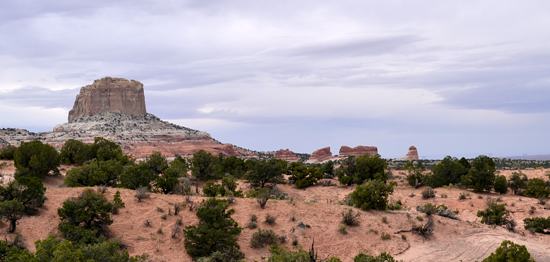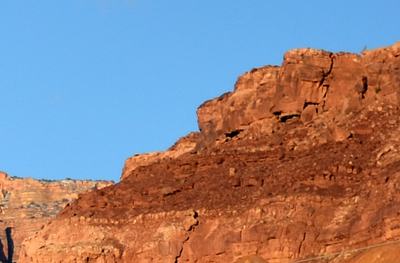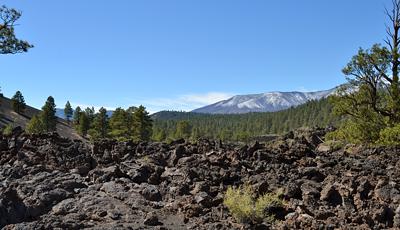The Southwest United States – Colorado, Arizona, Utah and New Mexico, draws millions of people each year from all over the world to see its unique natural beauty. There really is no other place on Earth like the Southwest and its geological treasures. The Grand Canyon in northern Arizona itself is considered one of the 7 natural wonders of the world.
In our travels to this area we have discovered there is a completely different terminology one needs to know in order to truly enjoy the sights of the various geological formations which seem to be everywhere you look and everywhere you go. Whether you are rafting down the Colorado River, hiking in the Grand Canyon, or taking an off road jeep tour of the red rock formations in Sedona Arizona, make your trip more enjoyable by knowing what you are looking at and brush up on these geological glossary terms for the Southwest.
Bluff – A steep hill or cliff next to a water source such as a river or ocean.
Butte – A steep sided and flat topped hill that is typically taller than it is wide.
This formation is very close to being a butte:

Canyon – A deep ravine between rocky cliffs that has steep, nearly vertical sides, often carved out by a river. A canyon is the same as a gorge.
Cataract – Typically where a large vertical water drop occurs, i.e. a large waterfall.
Cinder cone – A steep cone shaped hill created around a volcanic vent.
Cliff – A significant vertical rock exposure.
Crag – A steep hard mass of rock that juts outward and upward.
Dune – An elongated mound of sand.
Escarpment – A steep slope or long cliff.
Fault – A large fracture in the Earth’s crust across which there has been relative displacement. Both sides of a fault may move or displace.
Glen – A long and deep valley that generally is U shaped with a watercourse running through.
Gorge – A deep narrow passage with steep sides. Same as a canyon.
Joint – A large and relatively planar fracture in a rock across which there is no relative displacement of the two sides.
Mesa – Means table in Spanish and refers to a table like mountain that is flat on top and normally wider than it is tall.
Definitely a Mesa:

Navajo Sandstone -Sandstone structures which occur throughout the Southwest and appear as cliffs, domes, bluffs and other fantastic geological formations. According to some geologists, sandstone is an ancient wind deposited sand dunes originating from the Appalachian mountains in the East into sand dunes in the Southwest. Others suggest they may be ancient submarine sand dunes. The color of sandstone can range from white to yellow to various shades of pink and deep red depending on the minerals contained within.
Red Navajo Sandstone:

Petrification – A rare type of fossilization, it is the process by which organic material is transformed into stone.
Plain – Land with low relief and that may be rolling or flat.
Plateau – A high plain or a table land, usually consisting of very flat terrain.
Ridge – A chain of hills or mountains that form a continuous elevated ridge for a long distance
Spalling – A piece of material that breaks off from its larger cliff – including small chips through large boulders.
Volcano – An opening in the Earth’s crust through which hot, molten lava flows and ash and gases escape from underneath the Earth’s crust. Arizona has non-active volcanoes.
The result of lava flow from Sunset Crater Arizona an extinct volcano:

Wash – Also referred to as a dry wash, it is a river bed in a canyon that carries water for only brief periods of time such as after a rain fall.
In visiting the Southwest you’ll need a whole new vocabulary to define and describe your experience. Happy trekking.
Tags: grand canyon

Isn’t the American west amazing? I can’t wait until we’re able to explore it for ourselves. Enjoy!